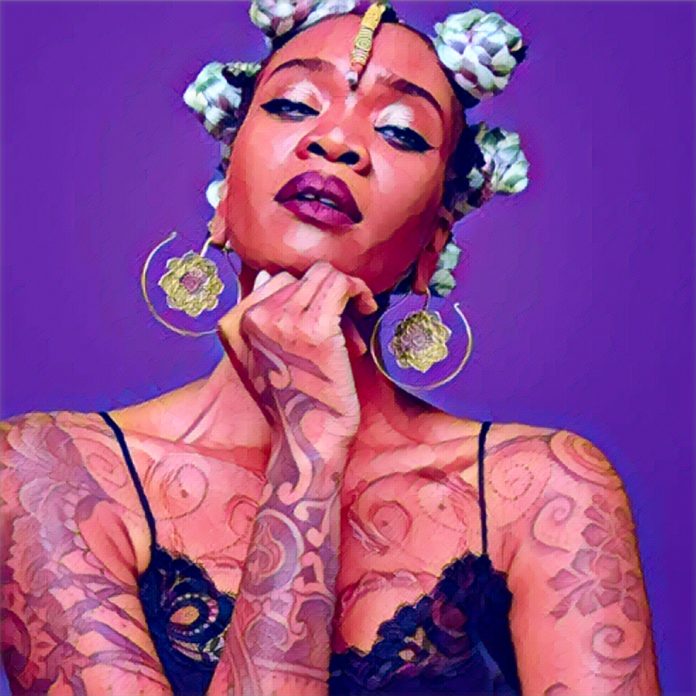KEY POINTS
-
Tiv kwaghir tattoos, once a 1,200-year-old visual language detailing identity and ethics, are now known fluently by fewer than 50 elders.
-
Colonial and religious suppression, combined with modern economic migration, has severed youth from the practice, eroding communal trust systems.
-
Archivists and activists use 3D scanning and social campaigns to preserve remnants, though funding and intergenerational engagement remain hurdles.
In the heart of Nigeria’s Benue State, the Tiv people once adorned their bodies with intricate tattoos and scarifications, each mark narrating tales of identity, heritage, and societal roles.
These body inscriptions, known locally as kwavdyar, abaji, kusa, and ukari, were more than mere decorations; they were a living language etched into the skin, conveying messages understood within the community .
Anthropological studies highlight that such body modifications among indigenous societies were not solely for aesthetics. As anthropologist Terrence Turner posited, the skin served as a “symbolic stage” where societal dramas unfolded, making tattoos and scarifications integral to socialization processes .
However, the prevalence of these cultural markings has significantly declined. The introduction of the Child Rights Act in 2003, which prohibits tattooing or skin marking of children, has legally curtailed the practice .
Moreover, the association of tribal marks with rural backgrounds has led to stigmatization in urban settings, causing many to conceal or remove their marks .
Despite the decline, there remains a segment of the Tiv population advocating for the preservation of this cultural heritage. They argue that these markings are emblematic of their identity and history, deserving recognition and respect.
How colonialism and christianity accelerated a cultural extinction
The decline began under British colonial administration in the early 20th century. Missionaries condemned kwaghir as “pagan,” while colonial officials banned markings to erode tribal cohesion. “They called us uncivilized, so parents stopped marking their children to avoid discrimination,” says Dr. Terna Apir, a Tiv historian.
By the 1970s, Nigeria’s civil service recruitment policies further stigmatized tattoos, associating them with illiteracy. Today, Pentecostal churches in Benue preach that body art “invites demons,” while young Tiv opt for Western-style tattoos of celebrities or Bible verses.
The loss extends beyond aesthetics. Kwaghir served as a social contract: specific marks barred individuals from lying in community disputes or shirking familial duties. “A man with the ‘ityough’ [truth-teller] symbol couldn’t deceive others without dishonoring his skin,” Apir notes. Without these visual cues, elders say trust in communal governance has eroded. Meanwhile, Tiv activists fight to preserve remnants.
Digital anthropologists at the University of Jos have partnered with elders to 3D-scan surviving tattoos, creating an online archive. “We’re racing against time,” says project lead Dr. Amina Kwagga. “Every elder’s death is a library burning.”
Economic pressures compound the crisis. As Benue’s youth migrate to cities like Lagos, many remove tattoos to avoid workplace bias. “I laser-scraped mine to get a bank job,” admits 29-year-old Tersoo Aondona. Yet, some pushback exists: in 2022, Tiv women revived “nande” (facial dots) as a feminist statement against Eurocentric beauty norms. “We’re reclaiming our skin as resistance,” says activist Victoria Uji.



